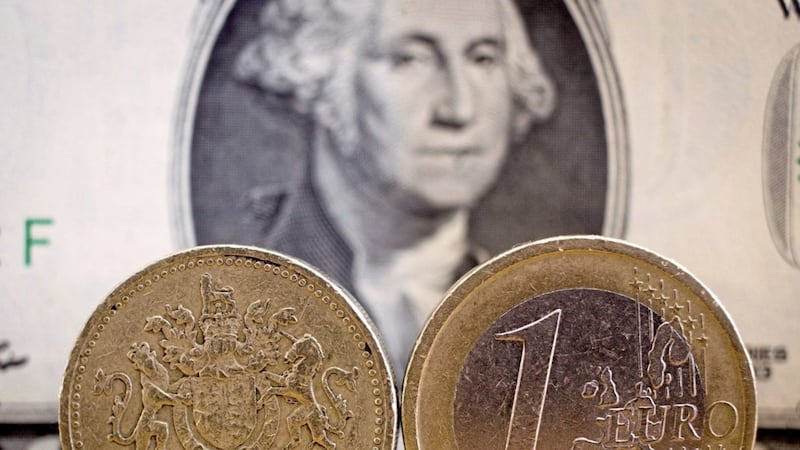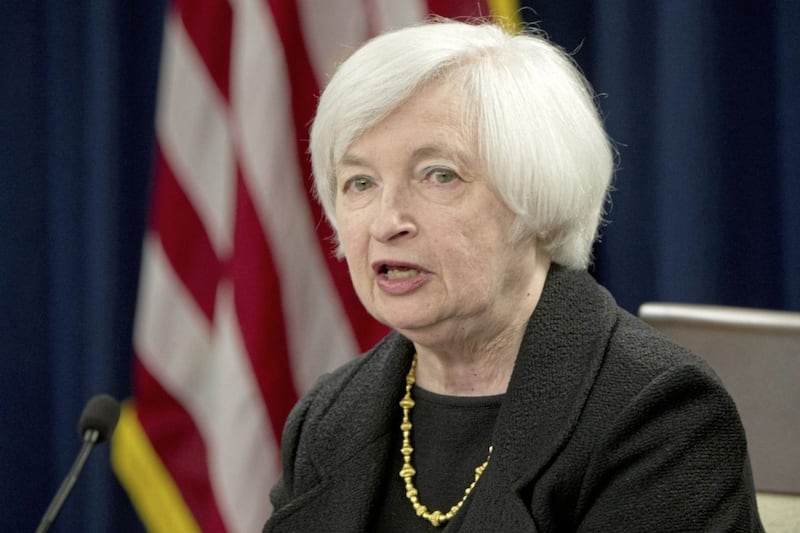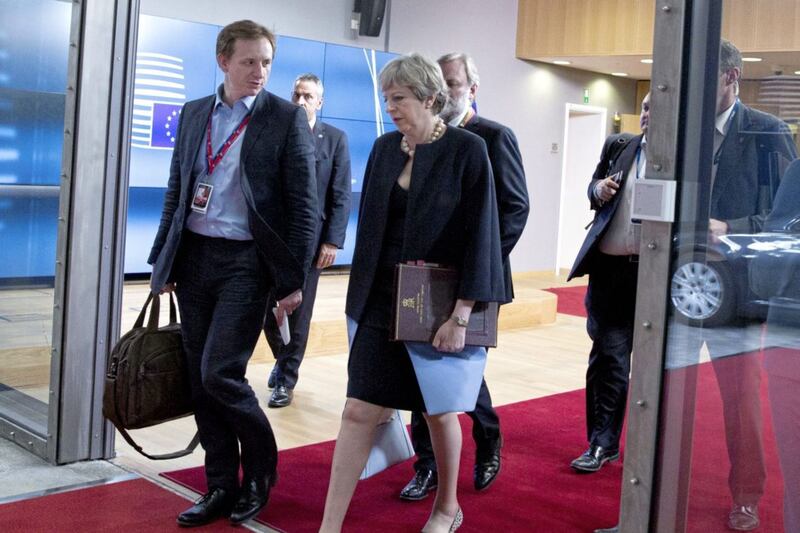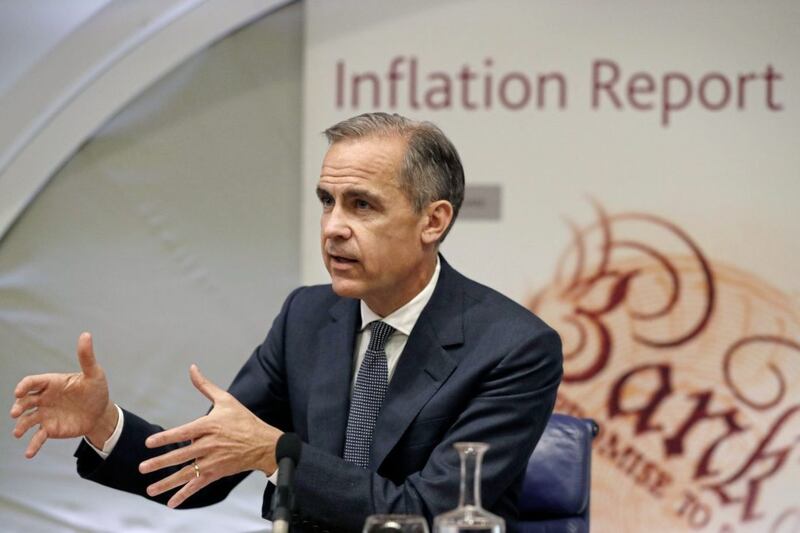THERE'S an old proverb that says “if March comes in like a lion, it will go out like a lamb”. It is supposed to apply to the weather, but this year it can certainly be applied to financial markets.
There was much occupying markets at the start of March, with equities still buoyed by expectations of what a Trump Presidency would bring, the US Federal Reserve about to ramp up the pace of US interest rate hikes, concerns about European elections and the UK about to trigger Article 50. The financial markets, though, are ending the month in a very calm state with range trading the key feature.
Stocks are in consolidation mode as doubts emerge about the extent to which Trump will be able to implement his policy agenda. There is a better tone to bond markets, amid signs that monetary policy will remain accommodative for some time. Economic data remains positive, but there is little sign of a pick-up in underlying inflation, while headline inflation may have peaked or be near a peak in most countries.
Article 50 was triggered without any great fanfare, while there seems to be a swing back to ‘establishment’ parties in European elections. Range trading is very much the feature for the main FX pairs, with the euro back below $1.08 and still locked into the 84-88p band it has occupied since November. Range trading could dominate in the second quarter of the year but Brexit, the French elections, the Trump Presidency and central banks will still bear close watching.
In the week ahead, Friday sees the release of the key US update of the month, namely the March employment report. This is always the most widely used barometer as to the health, or otherwise, of the US economy. Non-farm payrolls grew by an average of 237,000 in January and February - a marked improvement on the average monthly increase of 148,000 in the final quarter of last year. They are forecast to have recorded a solid increase of 180,000 in March. The unemployment rate edged back down to 4.7 per cent in February and it is expected to have held there this time around.
Closer to home, the March Purchasing Managers’ Index (PMIs) are the main release in the UK. The data have been somewhat mixed so far this year, pointing to an improved performance by the manufacturing sector while suggesting that growth in the much larger services sector may have slowed. This looks likely to have remained the case in March with little change expected in either index.
Elsewhere, the euro was the main mover on currency markets last week, losing around 2 per cent against both the US dollar and sterling. This largely reflected the financial markets ‘reconsidering’ the outlook for European Central Bank (ECB) policy. Sources for the Central Bank said that markets had “over-interpreted” the ECB’s more upbeat tone, while some Governing Council speakers sounded more cautious. A sharper than expected fall in eurozone inflation was also unhelpful for the single currency. Meantime, some positive US data and hawkish comments from Fed speakers aided the dollar last week.








